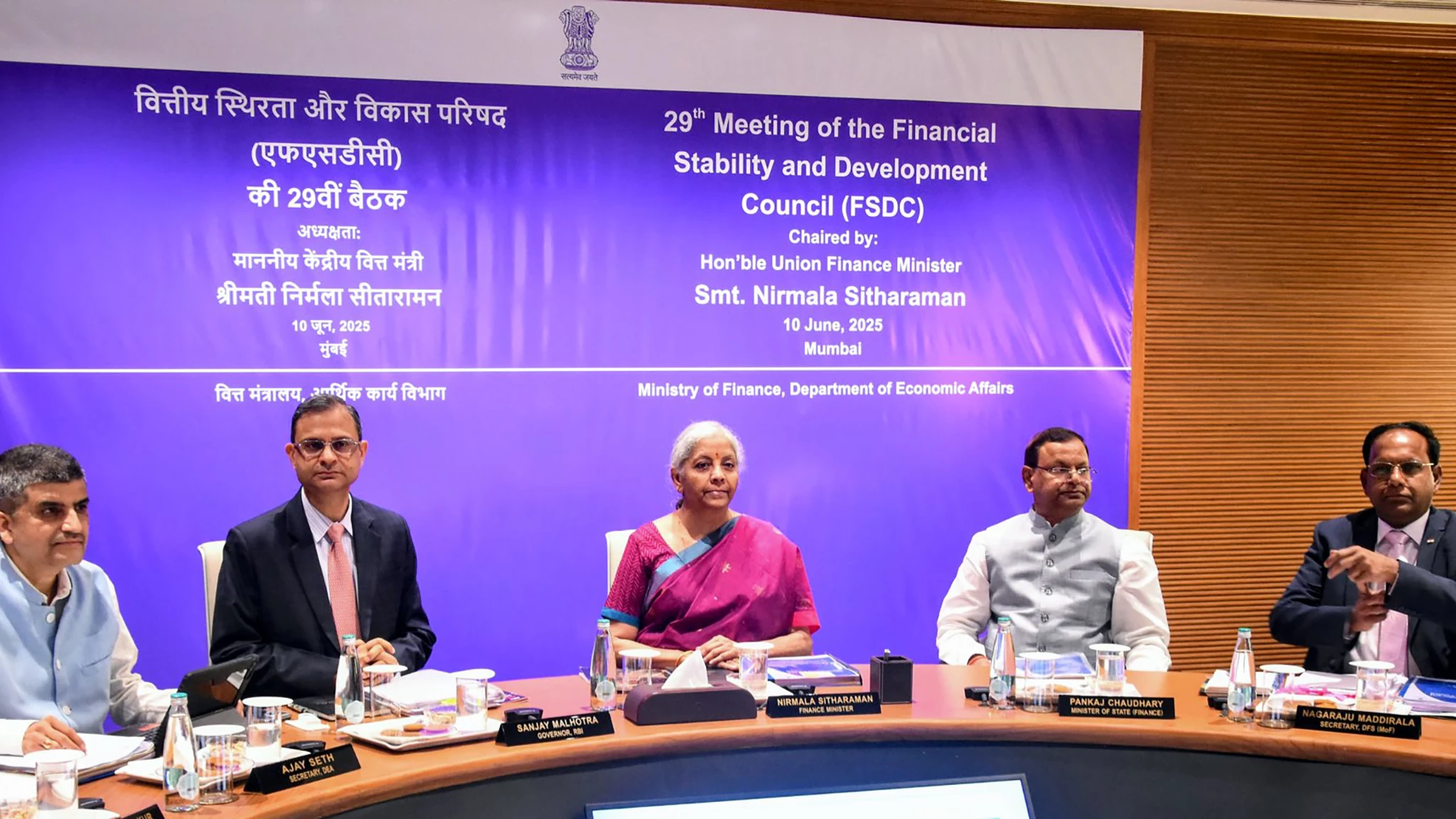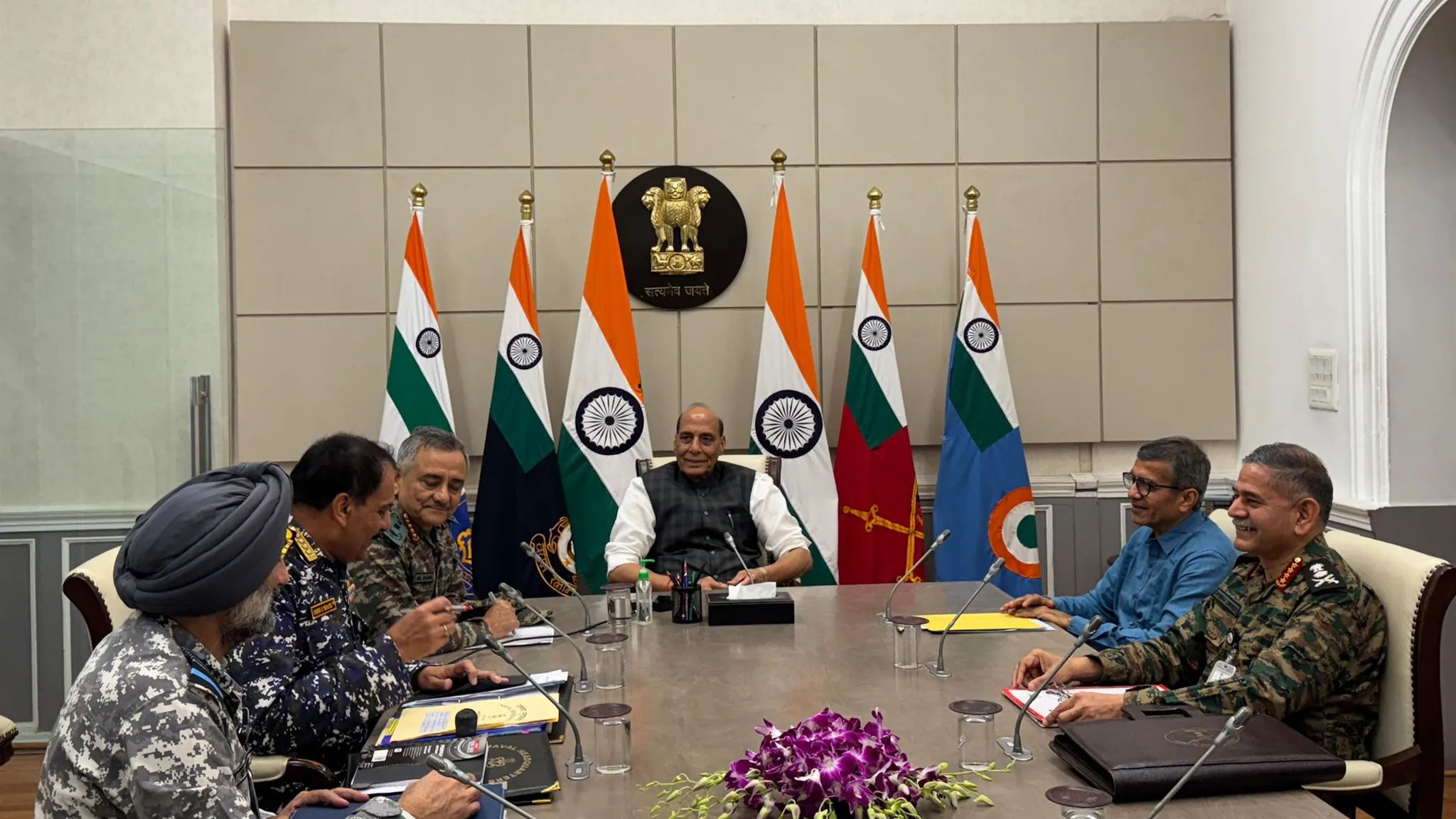Global trade tensions, particularly the ongoing tariff dispute between the United States and China, often grab headlines for their potential to disrupt economies. While much of the focus is on direct impacts and supply chain shifts, indirect consequences can also create surprising opportunities. India seems to be finding one such advantage, particularly in its energy imports.
Tariffs Shake Up Energy Markets
The tit-for-tat tariffs have sent ripples through the energy market, notably contributing to a dip in crude oil prices. Beyond crude, the gas market, including LPG and CNG, is feeling the pressure. LPG, linked closely to crude distillation, faces higher selling pressure than CNG, as its production is harder to curb without shutting down refineries. This creates an urgency to sell.
India imports about 80 per cent of its LPG, largely from the Middle East. China, a major buyer, sources roughly half its needs from the US. However, US tariffs make American LPG less viable for China. This disruption is changing traditional trade routes.
Middle Eastern suppliers, facing reduced demand from China for their usual volumes, are redirecting supply. But where? To India? Not quite. They find better prices selling their LPG to China, capitalising on the gap left by US suppliers. Meanwhile, US producers, blocked from their Chinese market by tariffs, are looking for alternative buyers. This is where India steps in.
Cheaper US LPG for India
Suddenly, US LPG is available at rates that compete favourably, even considering transportation costs. Reports suggest that starting this month, Middle Eastern giants like ADNOC might even facilitate swaps, replacing some of their contracted supply to India with cheaper US cargo. Indian refiners are reportedly requesting these swaps, keen to benefit from the price difference. The Middle Eastern firms agree because they can sell their own gas to China at a premium.
This isn’t just about price arbitrage. It also has a strategic angle for India’s trade relationship with the US. The Trump administration has often highlighted India’s trade surplus and import barriers. Increasing imports from the US, especially in significant sectors like energy, helps address this concern. India already has long-term contracts for US LNG and expects US LPG imports to rise significantly, potentially narrowing the trade gap and potentially easing some bilateral trade friction.
Tariff Pain Elsewhere
While India enjoys an energy windfall, the ripple effects of tariffs are evident elsewhere, particularly in the US economy itself. Major retailers like Walmart are signalling that the “magnitude” of tariffs will soon force them to raise prices. This suggests that the cost of the trade war is increasingly being borne by American consumers. The slowdown in retail sales in April could partly reflect consumers anticipating these price hikes or reacting to earlier bursts of pre-tariff spending.
Meanwhile, the Federal Reserve chair has warned that the US might face more frequent and persistent ‘supply shocks’, highlighting the broader disruptions caused by global trade uncertainty and geopolitical factors. Even as some economic fears abate, figures like Jamie Dimon of JPMorgan caution against assuming a recession is entirely off the table.
This specific energy advantage for India might be temporary, lasting only as long as the tariff regime remains. However, it offers a clear example of how complex global trade disputes can create unexpected winners and losers, shifting supply chains and altering economic landscapes in unforeseen ways.










Leave a Reply